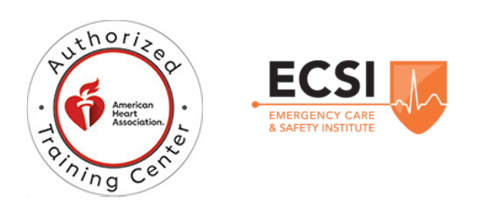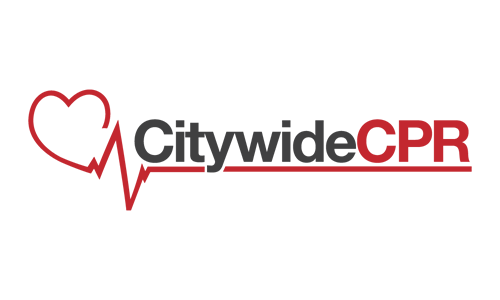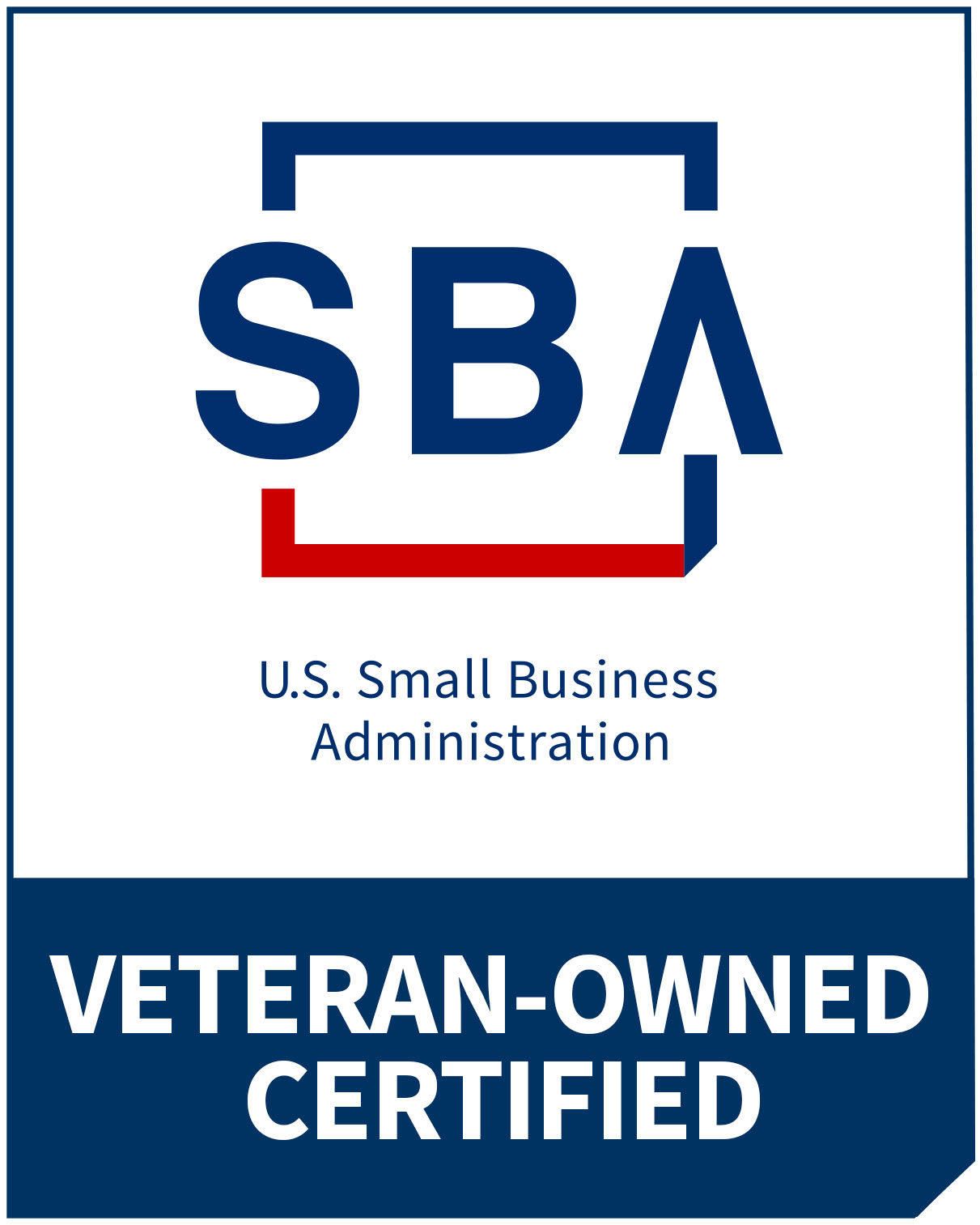The heart is one of the vital organs in the human body. It holds a number of key processes that sustain life to all body parts. Without the heart, there will be no means to circulate blood throughout the body. These and more explain why it is very important for anyone to take care of his heart.
As part of the body’s circulatory system, the heart primarily works by pumping blood through the blood vessels in repetitive and rhythmic contractions. It pumps involuntarily at a typical rate of 72 beats per minute. This vital organ is basically a tube or small sac that pumps fluid containing water and nutrients like sugar, protein, and fat. Its main components include the cardiac muscle and connective tissue. It has a complex structure designed to take charge of the in and out flows of blood through cardiovascular vessels. The average human heart weighs at a range of 300-350 grams for men and up to 250-300 grams for women. In most cases, the heart of a person – men and women alike – has the same size with his own fist.
The heart is located at the front of the vertebral column and next to the sternum. It is covered by the pericardium, which is a double-walled sac. Among the main purposes of this covering is to protect the heart and its surrounding structures, and to prevent the overflow of blood to the heart as well. There are three layers in the outer wall of the human heart. From the outer to the inner layer, these layers are the epicardium, myocardium, and endocardium. Moreover, the heart has four chambers, which are composed of two inferior ventricles and two superior atria. Each of these chambers has its own specific function that contributes to the overall operation of the heart.
One of the most common heart problems today is cardiac arrest, which is also among the deadliest medical conditions for adults. Cardiac arrest is basically characterized by malfunctioning of the heart and that it can no longer pump blood to different parts of the body. It is not technically the same with heart attack, which is scientifically termed as myocardial infarction. However, a person who gets caught by any of these deadly heart conditions can be saved by cardiopulmonary resuscitation or CPR. This immediate remedy can be applied by an untrained CPR professional if and only if there is no way to bring the patient to a hospital or if there is no other person that is knowledgeable enough to apply CPR. The least requirement of an appropriate CPR procedure is the chest compression, each at 5cm deep and rated at 100 compressions per minute. You can find out more about this important medical procedure by attending a CPR training course in a reputable emergency health training center like Citywide. The professionals conducting both basic and advanced CPT training lessons in Citywide are all accredited by the American Heart Association (AHA).
If you are interested in CPR training, please take a look to check out website.





